Stimulation of Mucosal Immunity
互联网
互联网
相关产品推荐
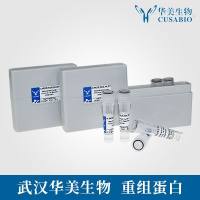
Recombinant-Microcin-J25-export-ATP-bindingpermease-protein-McjDmcjDMicrocin-J25 export ATP-binding/permease protein McjD Alternative name(s): Microcin-J25 immunity protein Microcin-J25 secretion ATP-binding protein McjD
¥13930
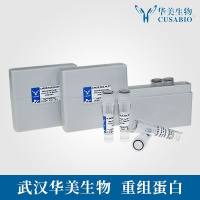
MADCAM1/MADCAM1蛋白Recombinant Human Mucosal addressin cell adhesion molecule 1 (MADCAM1)重组蛋白Short name: MAdCAM-1 Short name: hMAdCAM-1蛋白
¥2208
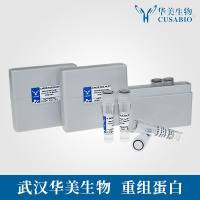
Recombinant-Colicin-Ia-immunity-proteinColicin-Ia immunity protein
¥9772
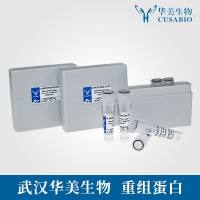
Recombinant-Colicin-K-immunity-proteinckiColicin-K immunity protein
¥9632
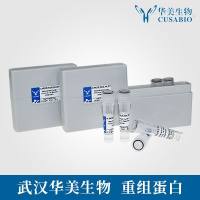
Recombinant-Mouse-GTPase-IMAP-family-member-1Gimap1GTPase IMAP family member 1 Alternative name(s): Immune-associated protein 38; IAP38 Immunity-associated protein 1
¥11242

